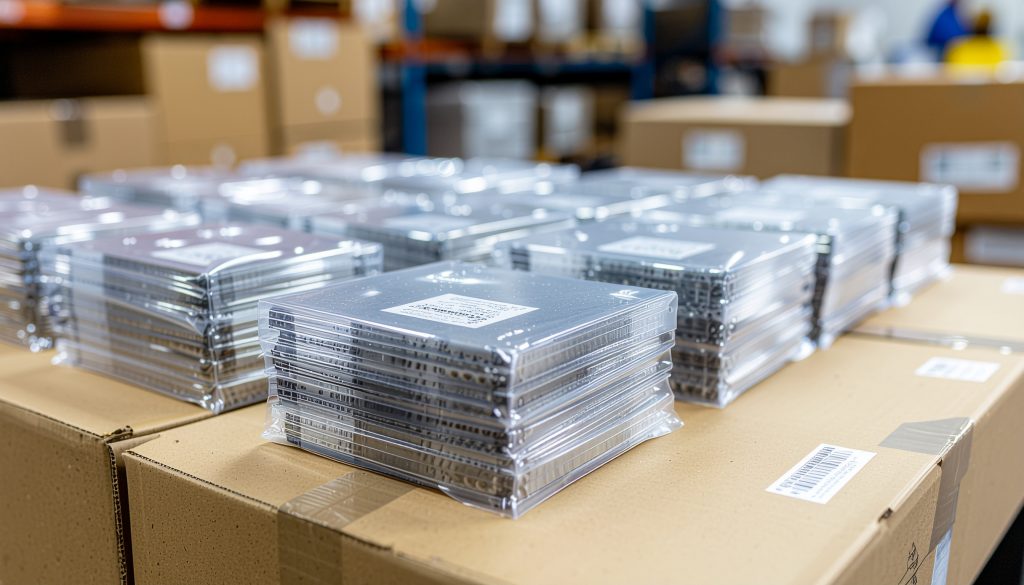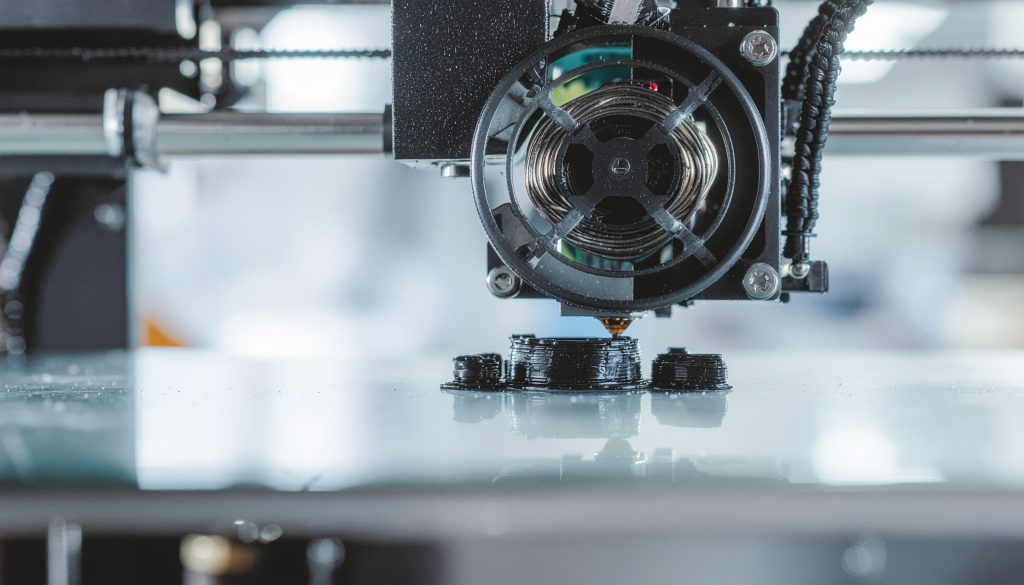Startups don’t get second chances. Most ideas never make it past a whiteboard sketch—not because they’re bad, but because they run out of time, money, or momentum before they hit the market. That’s why rapid prototyping for startups isn’t just a nice-to-have—it’s a competitive advantage.
Today’s hardware innovators and eCommerce entrepreneurs don’t have the luxury of 6-month development cycles. They need to test fast, learn fast, and launch with lean budgets. Whether it’s a connected kitchen gadget or a niche home device, the goal is simple: build a testable product that proves demand—before making a big investment.
Let’s break down how smart startups go from idea to market-ready prototype in weeks, not quarters, using the tools and tactics that are redefining product development.
Why Speed Is the Most Valuable Currency in Product Development
If you’re an early-stage founder, every delay in building your prototype is a missed opportunity to:
- Test customer reactions
- Pitch to investors with confidence
- Get listed on Amazon or Kickstarter
- Beat a competitor to market
Founders who rely on traditional R&D pipelines often get stuck in slow cycles:
- Weeks to get a quote
- Months to build a prototype
- Hundreds of units required just to test demand
Meanwhile, lean hardware startups using fast prototyping services are shipping their first 25 units, collecting feedback, and making meaningful product improvements—all before traditional teams finish their first CAD revision.
Startup lesson #1: Done is better than perfect—especially when you’re validating a new product.
What Is Rapid Prototyping—And Why It Works for Startups
Rapid prototyping refers to the quick fabrication of a physical part, model, or assembly using 3D CAD data. For startups, it means turning an idea into a tangible, testable product in days—not months.
At PrototyperLab, this process is designed around the realities of lean teams:
- 7-day prototyping turnaround
- Transparent, hourly pricing ($25/hour)
- Production-ready small batches (as low as 20 units)
- US-based contracts with cost-effective Vietnam production
Instead of committing $10K+ to overseas tooling and waiting 8–12 weeks, startups can see a working version of their product in-hand within a week—and launch limited runs to gauge interest.
Types of Prototypes Commonly Used
- Looks-like prototypes (aesthetic mockups for investor pitches)
- Works-like prototypes (functionality testing for usability and mechanics)
- Production prototypes (used for small batch manufacturing and early sales)
Whether you’re looking to raise funds or test demand, the ability to iterate quickly can be the difference between building the right product—and building the wrong one too slowly.

How Rapid Prototyping Actually Works: A Step-by-Step Startup Workflow
1. Initial Consultation & Discovery
You start with a concept—sketch, CAD, or even a napkin drawing. The goal here isn’t perfection. It’s clarity. At PrototyperLab, the team walks founders through these questions:
- What problem does your product solve?
- Who’s your target user?
What are the must-have features? - How many units do you need and when?
This shapes the technical scope of the prototype.
2. Quote & Project Plan
You’ll receive a transparent quote that outlines:
- Engineering hours needed to design and build the prototype
- Estimated material and fabrication costs
- Optional small-batch production pricing
No vague estimates. No hidden fees. Just a clear breakdown based on your project’s real needs.
3. Design & Research Phase
Before anything is built, engineers explore:
- Patent landscape and IP considerations
- Competing products on the market
- Best-fit materials and production methods
Using tools like Fusion 360, they develop CAD models, choose fabrication processes (3D printing, CNC, vacuum casting), and ensure manufacturability.
4. Build → Test → Improve
This is the heartbeat of rapid prototyping for startups.
- Build: Initial working prototype is created using 3D printing or molding.
- Test: Founders get hands-on with the prototype—test functionality, review usability, gather feedback.
- Improve: Engineers implement changes based on feedback and test results.
Multiple quick iterations are possible—each one brings you closer to a version that’s ready for real-world use.
5. Production Sample & Small Batch Manufacturing
Once you approve the final prototype:
- A production sample is created for pre-launch testing or investor demos
- You can greenlight small batch manufacturing, starting at just 20 units
This enables you to validate your concept, fulfill initial orders, and soft launch—without being locked into 500+ MOQ commitments.

Case Study: Alex’s Lean Launch
Alex, a solo founder based in Austin, had an idea for a modular kitchen gadget that solved a niche prep task. He had:
- CAD designs
- Kickstarter interest
- Zero manufacturing contacts
Using PrototyperLab:
- He received his first working prototype in 6 days
- He ordered 25 production units for his first campaign
- His Kickstarter fully funded in 21 days
“I didn’t need a corporate-grade factory—I needed a smart team that could get me to market, fast and affordably.”—Alex, Founder
Today, Alex is preparing a second production run and has signed a distribution deal—all before spending $5K total.
What Makes Rapid Prototyping Ideal for eCommerce Entrepreneurs
If you sell on Amazon, Etsy, or Shopify, you already know: speed to market = survival. You need to test product ideas with real customers—fast.
With small batch production and testable prototypes, you can:
- List your product with just 20 units
- Collect customer reviews and product feedback
- Iterate without wasting inventory
Prototype development for entrepreneurs used to mean massive upfront investment. Now it means:
- Getting live market feedback
- Tuning your product before scaling
- Creating a flywheel of learning → building → testing
You’re not just building a product. You’re building proof.
Key Advantages of Working with PrototyperLab

1. Transparent Pricing
At $25/hour for engineering time, founders get the expertise of senior designers without big agency rates. Every quote is broken down into:
- Engineering hours
- Material costs
- Optional production add-ons
You’ll never be surprised by a bloated invoice or hidden markup.
2. 7-Day Turnaround Time
PrototyperLab uses in-house 3D printing, silicone molding, and direct engineer communication. This allows them to ship first prototypes in a week, with room for multiple revisions if needed.
3. 20-Unit Minimum Production
Perfect for:
- Kickstarter and crowdfunding fulfillment
- Beta tester programs
- Market validation with real customers
No need to commit to thousands of units before you’re sure your product resonates.
4. US Contracts, Vietnam Costs
All contracts and payments are handled in the US, but the production happens in Vietnam, giving you the cost efficiency of overseas sourcing without the legal or communication risks.
When Should a Startup Use Rapid Prototyping?
If you check any of the following boxes, it’s time to consider it:
- You’re preparing a Kickstarter or Indiegogo campaign
- You need a working demo for investors or pitch competitions
- You’re building a physical MVP for eCommerce testing
- You want to validate a product idea without locking into mass production
- You’ve had bad experiences with large overseas factories or freelancers
What to Ask Before Choosing a Prototyping Partner
Not all prototyping shops are built with startups in mind. Before you commit, ask:
- What’s the average turnaround time for a first prototype?
- What’s the minimum production run after prototyping?
- Do you provide design feedback and patent support?
- Can I speak directly with the engineer handling my project?
- Are all contracts protected under U.S. law?
PrototyperLab was built specifically for solo founders and lean teams. It’s not just a vendor—it’s a launch partner.
Build the Right Thing, Not Just a Thing
Rapid prototyping for startups isn’t about cutting corners—it’s about building smarter. It’s how you move from idea to feedback loop fast enough to matter. It’s how you find product-market fit before you run out of cash. And it’s how you turn a small batch into a big opportunity.
The best founders aren’t the ones who wait. They’re the ones who ship, learn, and iterate faster than the rest.
So if you’re ready to prototype fast, test early, and scale smart—PrototyperLab is your launchpad.

